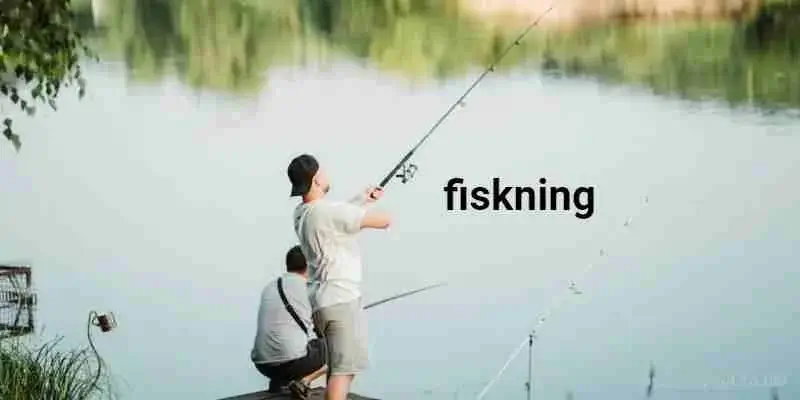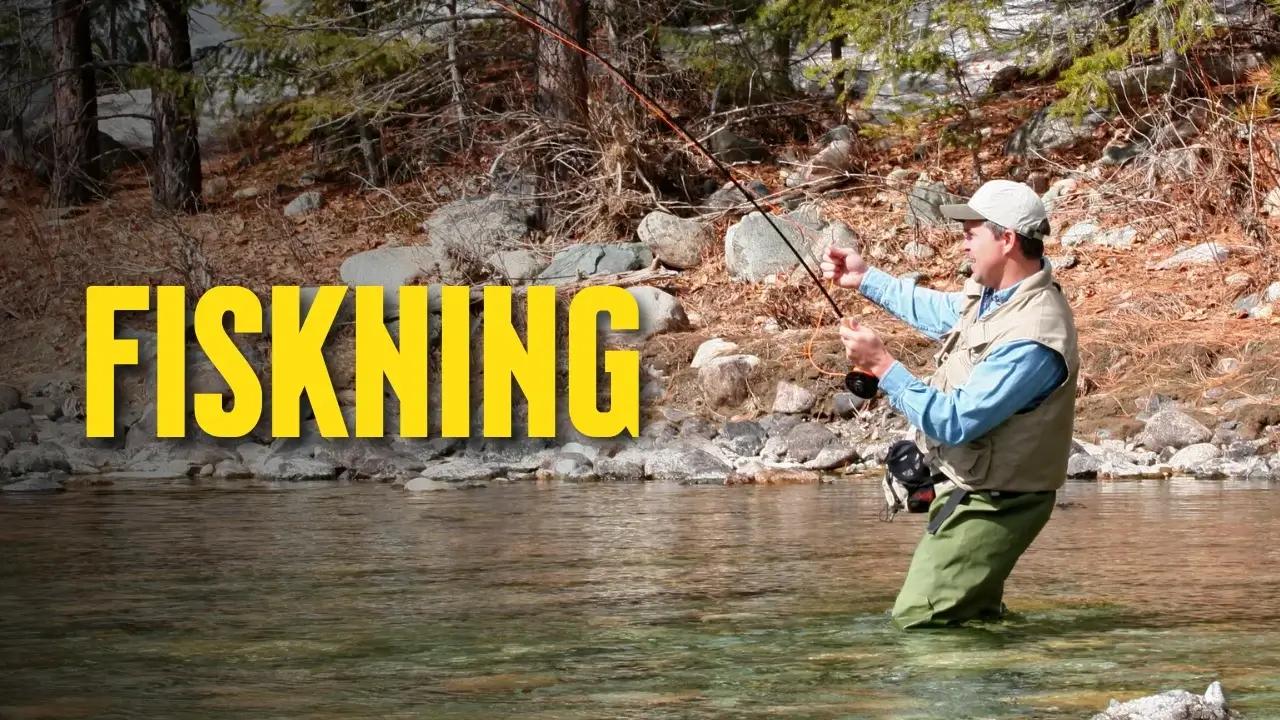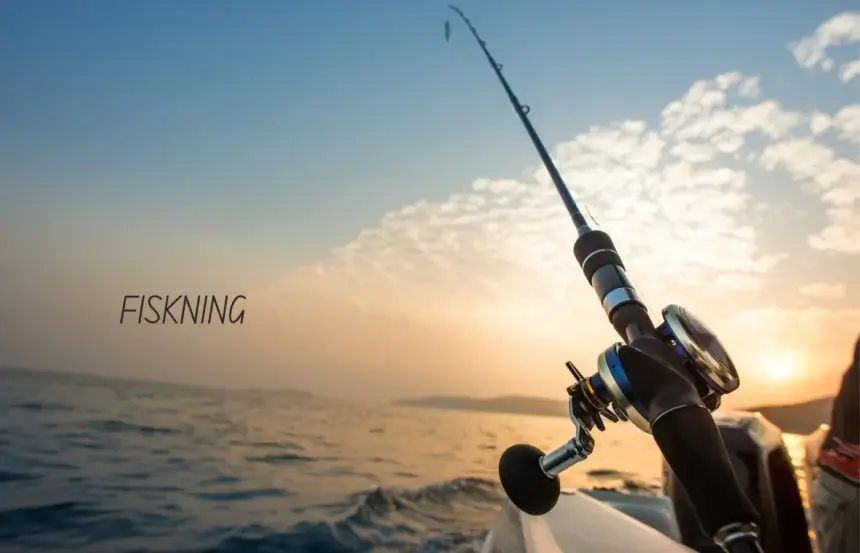 Introduction to Fiskning
Introduction to Fiskning
Fiskning is not just a hobby; it’s a timeless pursuit that connects us with nature and provides a thrilling challenge. Whether you’re a seasoned angler or just starting out, mastering the art of fiskning requires knowledge of various techniques, understanding the right equipment, and appreciating the environments where fish thrive.
 Understanding Fiskning Techniques
Understanding Fiskning Techniques
-
Casting Techniques
Mastering casting techniques is fundamental to successful fiskning. Whether using a spinning reel, baitcaster, or fly rod, practicing accuracy and distance can significantly increase your chances of catching fish.
-
Bait and Lure Selection
Choosing the right bait or lure depends on the type of fish you’re targeting and the conditions of the water. Live bait such as worms or minnows works well for many species, while artificial lures like spinners or jigs can attract predatory fish.
-
Fly Fiskning
Fly fiskning is a specialized technique that requires skill and finesse. It involves casting a lightweight artificial fly to mimic insects on the water’s surface, making it ideal for catching trout, salmon, and other freshwater species.
-
Trolling
Trolling involves trailing bait or lures behind a moving boat. It’s effective for catching large game fish like tuna or marlin in deep waters and allows anglers to cover a large area to find active fish.
-
Bottom Fiskning
Bottom fiskning targets fish that dwell near the seabed or lake bottom. Using weights and hooks, anglers present bait such as squid or cut bait on or near the bottom to attract species like grouper or halibut.
 Essential Fiskning Gear
Essential Fiskning Gear
-
Rods and Reels
Selecting the right fiskning rod and reel combo is crucial for your fiskning style and target species. Consider factors like rod length, action, and reel type (spinning, baitcasting, or fly reel) to match your preferences and fiskning environment.
-
Tackle Box Essentials
A well-stocked tackle box includes hooks, sinkers, swivels, and a variety of lures or bait options. Organize your tackle based on fiskning conditions and species preferences to optimize your fiskning success.
-
Fiskning Apparel and Accessories
Comfortable clothing, sunglasses, and sunscreen are essential for a day on the water. Additionally, tools like pliers, line cutters, and a fish gripper make handling fish safer and more efficient.
 Conservation and Ethics in Fiskning
Conservation and Ethics in Fiskning
Fiskning responsibly ensures sustainable fish populations and preserves natural habitats for future generations of anglers. Practice catch-and-release for sensitive species, follow local regulations, and dispose of trash properly to minimize environmental impact.
Diagram Illustrating Fiskning Techniques
 Conclusion
Conclusion
Fiskning offers more than just a chance to catch fish; it’s an opportunity to unwind, connect with nature, and challenge yourself. By mastering various fiskning techniques, understanding essential gear, and embracing conservation practices, you can enhance your fiskning experience and create lasting memories on the water. Whether fiskning in freshwater lakes, coastal waters, or deep seas, remember to respect the environment and enjoy the thrill of the catch. Happy fiskning!


